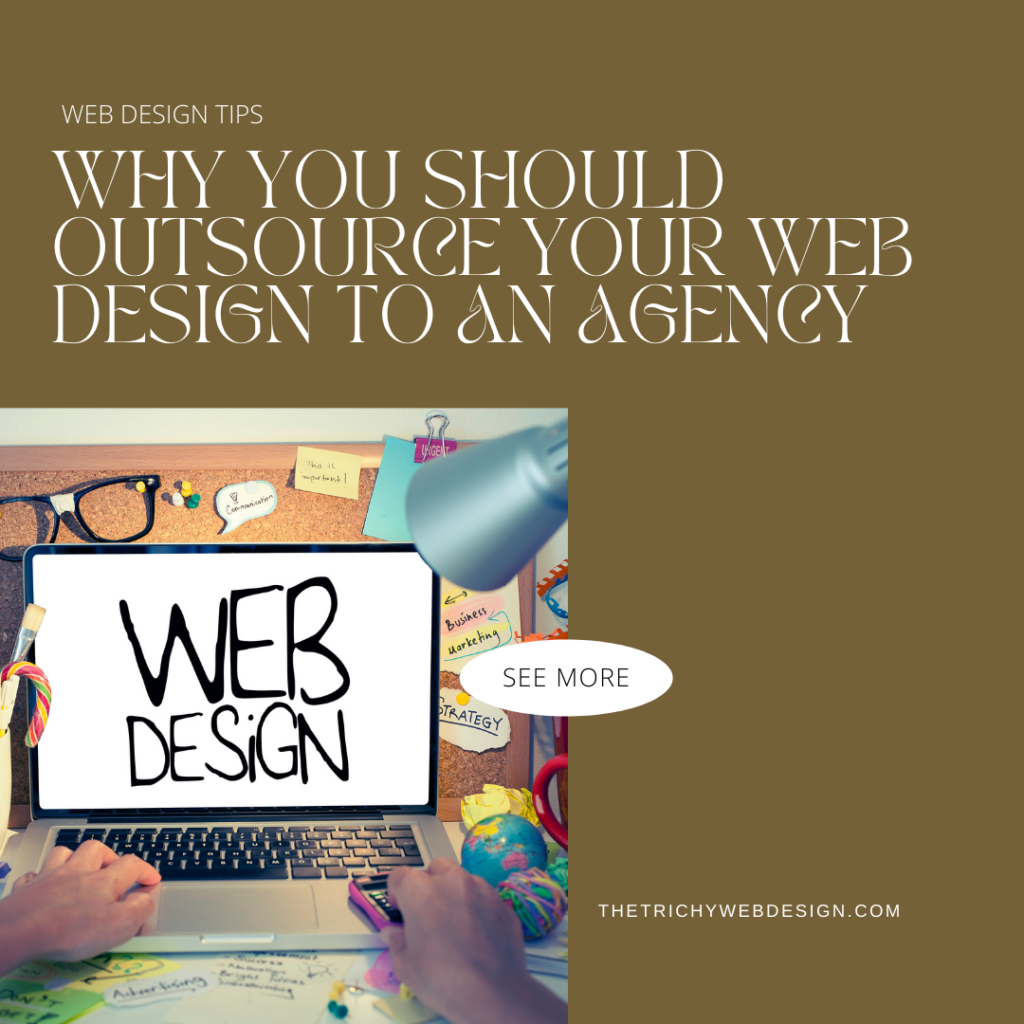earning web design through WordPress can be an excellent way to gain practical experience in creating and managing websites. Here’s a step-by-step guide on how to do this:
Practical Steps for Gaining Hands-On Experience in Website Creation and Management
Familiarize Yourself with WordPress:
Start by familiarizing yourself with the WordPress platform. Explore its user interface, settings, and basic functionalities. You can create a test website or use a local development environment to experiment with WordPress without affecting a live site.
Understand WordPress Themes:
Learn about WordPress themes, which control the design and layout of a website. Explore both free and premium themes available in the WordPress theme repository and from third-party providers.
Select a Theme:
Choose a WordPress theme that aligns with your design preferences and website goals. Consider factors such as responsiveness, customization options, and user reviews when selecting a theme.
Customize Your Theme:
Dive into the customization options provided by your chosen theme. This typically includes options to modify colors, fonts, layout, and other visual elements. Experiment with these settings to create a design that fits your vision.
Learn About Page Builders:
Familiarize yourself with popular WordPress page builders such as Elementor, Divi, or Beaver Builder. These tools offer drag-and-drop interfaces for building custom page layouts without needing to code.
Experiment with Plugins:
Explore the wide range of WordPress plugins available for adding functionalities and design elements to your site. Look for plugins related to web design, such as those for adding sliders, image galleries, or custom forms.
Understand WordPress Customization:
Learn about WordPress customization options beyond themes and plugins, such as customizing the header, footer, and sidebar areas. This might involve understanding PHP, HTML, and CSS to a certain extent.
Create and Publish Content:
Create sample content for your website, including pages, blog posts, and media. Experiment with adding and formatting content to understand how your design choices impact the presentation of the content.
SEO and WordPress:
Understand how to optimize your WordPress website for search engines. Learn about SEO plugins, meta tags, and other SEO best practices to ensure your web design supports good search engine visibility.
Responsive Design:
Explore how to ensure your design works well on various devices and screen sizes. Test your website on different devices to see how it adapts and make adjustments as needed.
Security & Maintenance:
Learn about WordPress security best practices and how to maintain your website over time. Understand the importance of updates, backups, and security measures to protect your design and content.
Join Community and Resources:
Engage with the WordPress community through forums, tutorials, and WordPress-related websites. It’s a valuable source of information and support for learning web design through WordPress.






